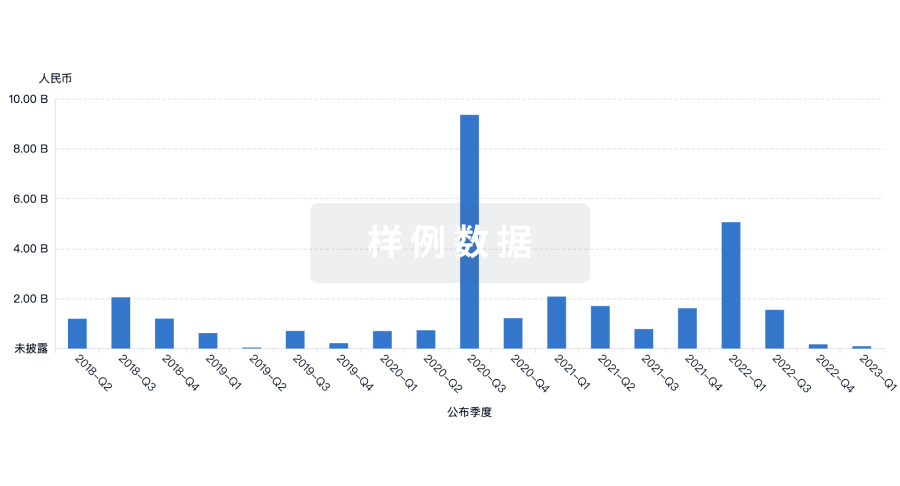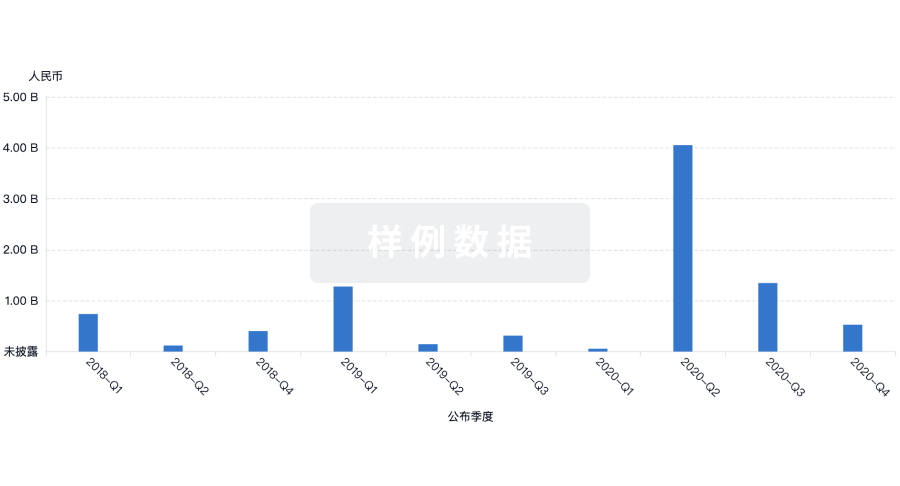预约演示
更新于:2025-05-07

Fayoum University
更新于:2025-05-07
概览
关联
116
项与 Fayoum University 相关的临床试验NCT06898710
Evaluating the Efficacy of Patient Specific Z-shape Mini-plate With Lingual Extension Versus Usual Two Mini-plates in Mandibular Class III Fracture Management
The collected patients according to the eligibility criteria will be randomly distributed into one of these groups:
Group I : 10 patients suffering class III mandibular fracture will be managed by patient specific Z shape mini-plate with lingual extension (study group).
Group II : 10 patients suffering class III mandibular fracture will be managed by 2 mini plates at superior and inferior borders (control group).
The allocation sequence will be generated using computerized random numbers and kept in sealed envelopes, which will be opened prior to surgery. All patients will provide the informed consent after declaration the procedures, benefits, and harms
Group I : 10 patients suffering class III mandibular fracture will be managed by patient specific Z shape mini-plate with lingual extension (study group).
Group II : 10 patients suffering class III mandibular fracture will be managed by 2 mini plates at superior and inferior borders (control group).
The allocation sequence will be generated using computerized random numbers and kept in sealed envelopes, which will be opened prior to surgery. All patients will provide the informed consent after declaration the procedures, benefits, and harms
开始日期2025-05-01 |
申办/合作机构 |
NCT06762210
The Effectiveness of AI Molar Mind for Smoking Cessation Through Dental Health Evaluation: Randomized Control Trial
Smoking cessation remains a significant public health challenge, with millions of individuals struggling to quit despite available interventions.
开始日期2025-05-01 |
申办/合作机构 |
NCT06899568
Finite Element Evaluation of Patient Specific Z-shaped Plate With Lingual Extension Versus Conventional Two Mini Plates for Mandibular Parasymphyseal Fracture Fixation
* A cone beam CT (CBCT) scan of the patient, will be used to create a 3D scanned image of parasympheseal mandibular fracture
* 3D images will be introduced to finite element (FA)software to evaluate Stresses (MPa) and Life time (cycle) For each model and determine which plate is the best
* 3D images will be introduced to finite element (FA)software to evaluate Stresses (MPa) and Life time (cycle) For each model and determine which plate is the best
开始日期2025-04-27 |
申办/合作机构 |
100 项与 Fayoum University 相关的临床结果
登录后查看更多信息
0 项与 Fayoum University 相关的专利(医药)
登录后查看更多信息
5,910
项与 Fayoum University 相关的文献(医药)2025-12-31·NRIAG Journal of Astronomy and Geophysics
Investigation of double geomagnetic storms on 3 and 4 February 2022 using machine learning approach
作者: El-Hamaly, Ibrahim ; Hegy, Mostafa ; Nahool, T.A. ; Helaly, Ahmad ; Ghamry, Essam ; Fathy, Adel ; Abd El Nabi, Sami
2025-12-01·Molecular Biology Reports
MALAT1 SNP (rs619586) shows a protective effect against type 1 diabetes mellitus, while the miR-146a SNP (rs57095329) is linked to an increased risk of developing the disease
Article
作者: Ibrahim, Heba A ; Sayed, Ola N ; Shaker, Olfat G ; Hussein, Sherin K ; Hamdy, Soha M ; Abdelaleem, Omayma O ; Massoud, Sara M A K
2025-08-01·Tissue and Cell
Comparative ultrastructure characterization of the oropharyngeal cavity floor (lower beak, tongue, laryngeal entrance) of the newly hatched domestic duck (Anas platyrhynchos domesticus) and Muscovy duck (Cairina moschata)
Article
作者: Massoud, Diaa ; Al-Mosaibih, Mai A ; Abo-Ahmed, Ahmed I ; Roshdy, Karam ; Fayad, Eman ; Hamoda, Hazem ; Kandyel, Ramadan ; Nomir, Ahmed G ; Khalil, Eman Kamal ; El-Kott, Attalla F ; Abumandour, Mohamed
100 项与 Fayoum University 相关的药物交易
登录后查看更多信息
100 项与 Fayoum University 相关的转化医学
登录后查看更多信息
组织架构
使用我们的机构树数据加速您的研究。
登录
或

管线布局
2025年11月27日管线快照
无数据报导
登录后保持更新
药物交易
使用我们的药物交易数据加速您的研究。
登录
或

转化医学
使用我们的转化医学数据加速您的研究。
登录
或

营收
使用 Synapse 探索超过 36 万个组织的财务状况。
登录
或

科研基金(NIH)
访问超过 200 万项资助和基金信息,以提升您的研究之旅。
登录
或

投资
深入了解从初创企业到成熟企业的最新公司投资动态。
登录
或

融资
发掘融资趋势以验证和推进您的投资机会。
登录
或

生物医药百科问答
全新生物医药AI Agent 覆盖科研全链路,让突破性发现快人一步
立即开始免费试用!
智慧芽新药情报库是智慧芽专为生命科学人士构建的基于AI的创新药情报平台,助您全方位提升您的研发与决策效率。
立即开始数据试用!
智慧芽新药库数据也通过智慧芽数据服务平台,以API或者数据包形式对外开放,助您更加充分利用智慧芽新药情报信息。
生物序列数据库
生物药研发创新
免费使用
化学结构数据库
小分子化药研发创新
免费使用